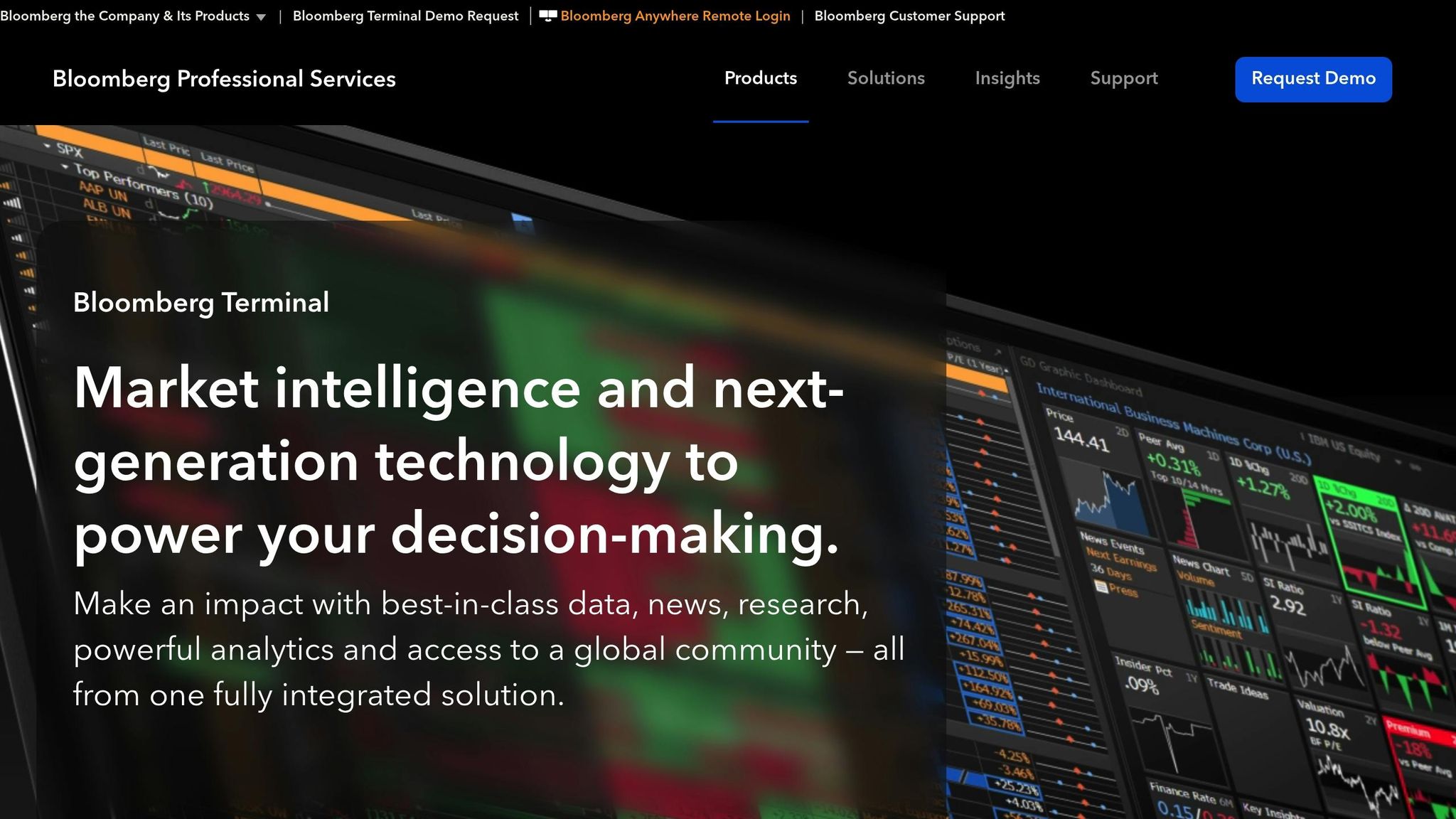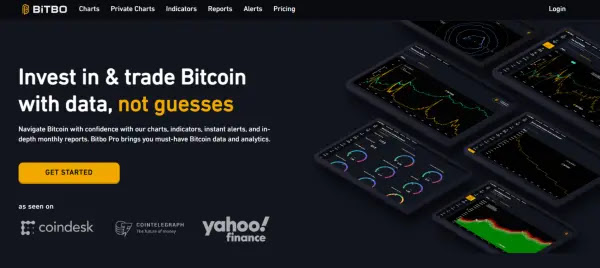Daily Price Range Trading: Risk Management Checklist
Master daily price range trading by focusing on risk management. Here’s how you can protect your capital and improve your trading strategy:
- Set Stop-Loss Orders: Predetermine your exit points to limit losses.
- Position Sizing: Adjust trade sizes based on asset volatility to manage exposure.
- Risk-Reward Ratio: Ensure potential gains outweigh potential losses (e.g., aim for at least a 2:1 ratio).
Key Steps:
- Pre-Trade: Use tools like support/resistance levels, ATR, and Fibonacci to define trading ranges and risk limits.
- During Trading: Monitor trades, stick to stop-loss rules, and adjust positions based on market conditions.
- Post-Trade: Log results, review performance, and refine your strategy.
Quick Example:
For a $100,000 account, risk no more than 1% ($1,000) per trade. If your trade risk is $1.50 per share, your position size would be 666 shares.
By following these steps, you’ll build discipline, minimize losses, and improve consistency in daily price range trading.
Before Trading: Risk Checklist
Market Analysis Steps
Start by evaluating technical indicators and current market conditions. Look at the previous day's OHLC (Open, High, Low, Close) prices to outline possible trading ranges. Check economic calendars for major data releases, such as durable goods orders and PCE.
Leverage technical analysis tools to pinpoint support and resistance levels:
- Previous day's price movements
- Fibonacci levels to identify potential price targets
- Average True Range (ATR) to gauge market volatility
For instance, on April 13, 2025, ETH-USD had a projected range between $1,468.75 and $1,805.93 based on the prior day's data. This type of analysis helps establish clear daily risk parameters.
Daily Risk Limits
Setting strict daily risk limits is crucial for protecting your capital. Successful traders often follow conservative risk management strategies:
"The very first rule we live by is: Never risk more than 1% of total equity on any trade." - Larry Hite
| Account Size | Max Position Size | Stop-Loss Margin | Total Risk |
|---|---|---|---|
| $100,000 | 20% ($20,000) | 5% | 1% ($1,000) |
| $100,000 | 10% ($10,000) | 10% | 1% ($1,000) |
| $100,000 | 5% ($5,000) | 20% | 1% ($1,000) |
"Speculate with less than 10% of your liquid net worth. Risk less than 1% of your speculative account on a trade. This tends to keep the fluctuations in the trading account small, relative to net worth. This is essential as large fluctuations can engage emotions and lead to feeling-justifying drama." - Ed Seykota
Stick to these limits when choosing assets to trade.
Building Your Trading List
Combine your market analysis and risk parameters to create a focused list of assets to trade. Choose high-volume assets with clear daily ranges. Once you've set your risk limits and assessed market conditions, refine your asset selection using these factors:
- Liquidity: Check average daily trading volumes to ensure smooth entry and exit from positions. Assets like Bitcoin, Gold, and DJIA usually offer sufficient liquidity for range trading.
- Volatility: Use the Average True Range (ATR) to measure typical daily price fluctuations. This helps you set position sizes and stop-loss levels appropriately.
- Technical Patterns: Focus on assets with well-defined support and resistance levels. These create natural points for entering and exiting trades, making them ideal for range trading strategies.
During Trading: Risk Controls
Trade Size and Entry Rules
Position sizing plays a major role in portfolio performance, accounting for up to 91% of its variability. To calculate the right trade size, use the Capital at Risk formula, which factors in your Account Risk (AR) and Trade Risk (TR).
For example, in daily price range trading, here’s how the numbers might look:
| Component | Formula | Example ($100,000 Account) |
|---|---|---|
| Account Risk (AR$) | Account × 1% | $100,000 × 1% = $1,000 |
| Trade Risk (TR$) | Entry Price - Stop Loss | $50.00 - $48.50 = $1.50 |
| Position Size | AR$ ÷ TR$ | $1,000 ÷ $1.50 = 666 shares |
"Position sizing is calculated using ACCOUNT RISK (AR) and TRADE RISK (TR)." – Cory Mitchell, CMT
Make sure to secure your calculated positions by placing accurate stop-loss orders.
Stop-Loss Placement
Stop-loss orders are key to managing risk. Use technical analysis to set them at levels where normal market fluctuations are unlikely to trigger them. For daily range trading, consider these strategies:
- Place stops just below or above important support or resistance levels.
- Position stops outside the Average True Range (ATR) to account for typical price swings.
- Set stops beyond the extremes of the prior day’s trading range.
"A stop loss should be a part of your trading plan on entry not decided later after the fact."
Trade Monitoring Guidelines
Once your stops are in place, monitor your trades closely but stay disciplined. Keep an eye on market conditions and adjust your positions as needed. As Richard Moglen puts it:
"Risk is the capital you have exposed in the markets at any given time. It's controlled by the number of positions you have on, the position sizes of each of those positions, and where your stops are for each of those positions (where you will exit)."
Here’s how to adjust your risk based on market conditions:
| Market Conditions | Risk Action | Position Adjustment |
|---|---|---|
| Improving | Increase total risk | Larger position sizes |
| Deteriorating | Reduce exposure | Smaller positions, fewer trades |
| Volatile | Widen stops | Reduce position sizes |
"You want to be trading your largest when you are trading your best and your smallest when conditions/your trading is at its worst." – Mark Minervini
Finally, use price alerts at critical levels to stay informed and avoid unnecessary trades.
Why Trading Ranges is Risky: What Every Trader Should Know
sbb-itb-fe836fc
After Trading: Review Process
After closing your trades, take the time to review and refine your strategy. This step is crucial for improving your performance over time.
Trading Log Setup
Keep a detailed trading log to track your performance and gain insights. Make sure to include these key components:
| Component | Details to Track | Purpose |
|---|---|---|
| Trade Metrics | Entry/exit prices, position size, dates | Measure performance |
| Risk Parameters | Initial stops, profit targets, R/R ratio | Evaluate risk management |
| Market Context | Visual trade setups | Identify patterns |
| Execution Notes | Reasons for entry/exit, observed mistakes | Analyze decision-making and psychology |
"If you can't measure it, you probably can't manage it… Things you measure tend to improve." – Ed Seykota
Results Analysis
Analyze your daily performance with a focus on specific metrics. Here are a few to consider:
| Performance Metric | Calculation Method | Target Range |
|---|---|---|
| Win Rate | Winning trades ÷ Total trades | 50–60% |
| Risk/Reward | Average win ÷ Average loss | Minimum 2:1 |
| Daily Risk | Total capital at risk per day | Maximum 2% |
Group your trades into these categories:
- Trades that were well-executed and profitable
- Trades that followed your plan but resulted in a loss
- Trades where mistakes were made
"Study your mistakes and so-called 'failures' and learn from them. Your results are valuable teachers. Don't squander them or hide from them, embrace them as an important part of the process of achievement. Those who understand this stand in a field of acres of diamonds." – Mark Minervini
Finally, evaluate how effectively your risk controls were applied.
Risk Control Review
Take a closer look at how well your risk management strategies worked:
-
Stop-Loss Effectiveness
Assess whether your stop-losses were:- Too tight, causing premature exits
- Too loose, leading to larger-than-necessary losses
- Properly placed, balancing capital protection with trade potential
-
Position Sizing Accuracy
Check if your position sizes matched:- Your account's risk limits
- Market volatility
- The quality of each trade setup
-
Overall Risk Exposure
Review your daily capital exposure, trade correlations, and maximum drawdown to ensure you're not overexposed.
Use these findings to refine your trading plan and strengthen your risk management strategies for future trades.
Risk Management Tools
These tools are designed to strengthen your trading strategy and align with your broader risk management plan.
Risk-Reward Calculations
The risk-reward ratio helps you evaluate whether a trade is worth pursuing by comparing potential profit to potential loss:
| Component | Formula | Example |
|---|---|---|
| Risk | Entry Price – Stop Loss Price | $50.00 – $49.00 = $1.00 risk |
| Reward | Target Price – Entry Price | $52.00 – $50.00 = $2.00 reward |
| R/R Ratio | Reward ÷ Risk | $2.00 ÷ $1.00 = 2:1 ratio |
To calculate the minimum win rate needed to break even, use this formula:
Win Rate = 1 ÷ (1 + Risk-Reward Ratio)
For example, with a 2:1 risk-reward ratio, you’d need a win rate of about 33.3% to break even.
Market Movement Indicators
The Average True Range (ATR) is a key metric for gauging market volatility. It can help fine-tune your trading approach in several ways:
-
Position Sizing: For a maximum risk of $500 and an ATR of $2.00, you can calculate your position size as:
Position Size = Maximum Risk ÷ ATR = $500 ÷ $2.00 = 250 shares - Stop-Loss Placement: Place stop-losses at roughly 2 times the ATR, adjusting as needed based on market conditions.
- Volatility Screening: Use the ATR Percentage (ATRP) to compare the volatility of different securities and identify the best options for your strategy.
Portfolio Balance
Managing risk goes beyond individual trades - it’s also about maintaining a balanced portfolio. Diversification is key to avoiding overexposure to any single asset. Some steps to help with this include:
- Reviewing correlations between positions and adjusting exposure to reduce overlap.
- Scaling out of profitable trades to lock in gains.
- Regularly monitoring your portfolio to prevent any one trade or asset from carrying too much risk.
Summary
Key Risk Rules
Manage trading risks effectively by breaking the process into three main phases:
-
Pre-Trade Assessment
- Determine position sizes based on your risk tolerance.
- Use market indicators to evaluate volatility.
- Define clear entry and exit points in advance.
-
Active Trade Management
- Keep a close eye on positions to ensure they stay within your risk thresholds.
- Stick to stop-loss placement rules to limit potential losses.
- Monitor overall portfolio exposure to avoid over-leveraging.
-
Post-Trade Evaluation
- Record the outcomes of each trade for future reference.
- Analyze the trade's risk-reward ratio to gauge effectiveness.
- Assess how well your stop-loss strategy worked.
These steps are essential for building a disciplined trading approach that supports consistent decision-making.
Following Your System
Incorporate these risk management rules into your daily trading routine to improve outcomes. Here's how a structured approach impacts trading:
| Aspect | Benefit | How to Measure |
|---|---|---|
| Portfolio Protection | Helps minimize large losses | Track daily loss thresholds |
| Emotional Management | Lowers impulsive decision-making | Follow preset trading rules |
| Performance Tracking | Supports strategy improvements | Monitor key performance metrics |
To stay on track, develop habits like:
- Logging your trades daily and adapting to market conditions.
- Keeping your portfolio balanced to avoid overexposure.
- Reviewing and refining your risk protocols every quarter.
While your system should adapt with experience, its core principles must remain focused on protecting your investments. Regular reviews will help ensure it stays effective as market conditions evolve.




